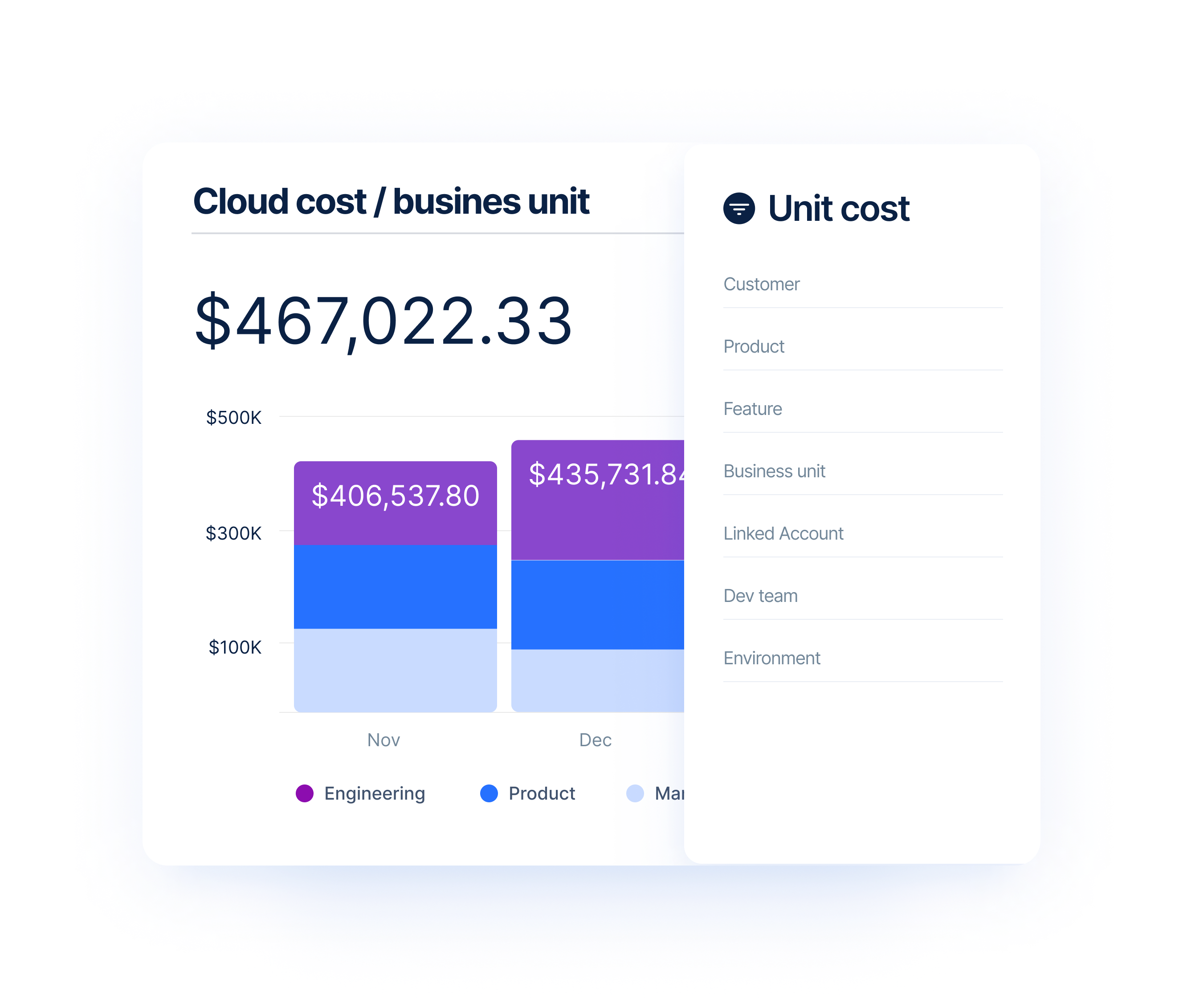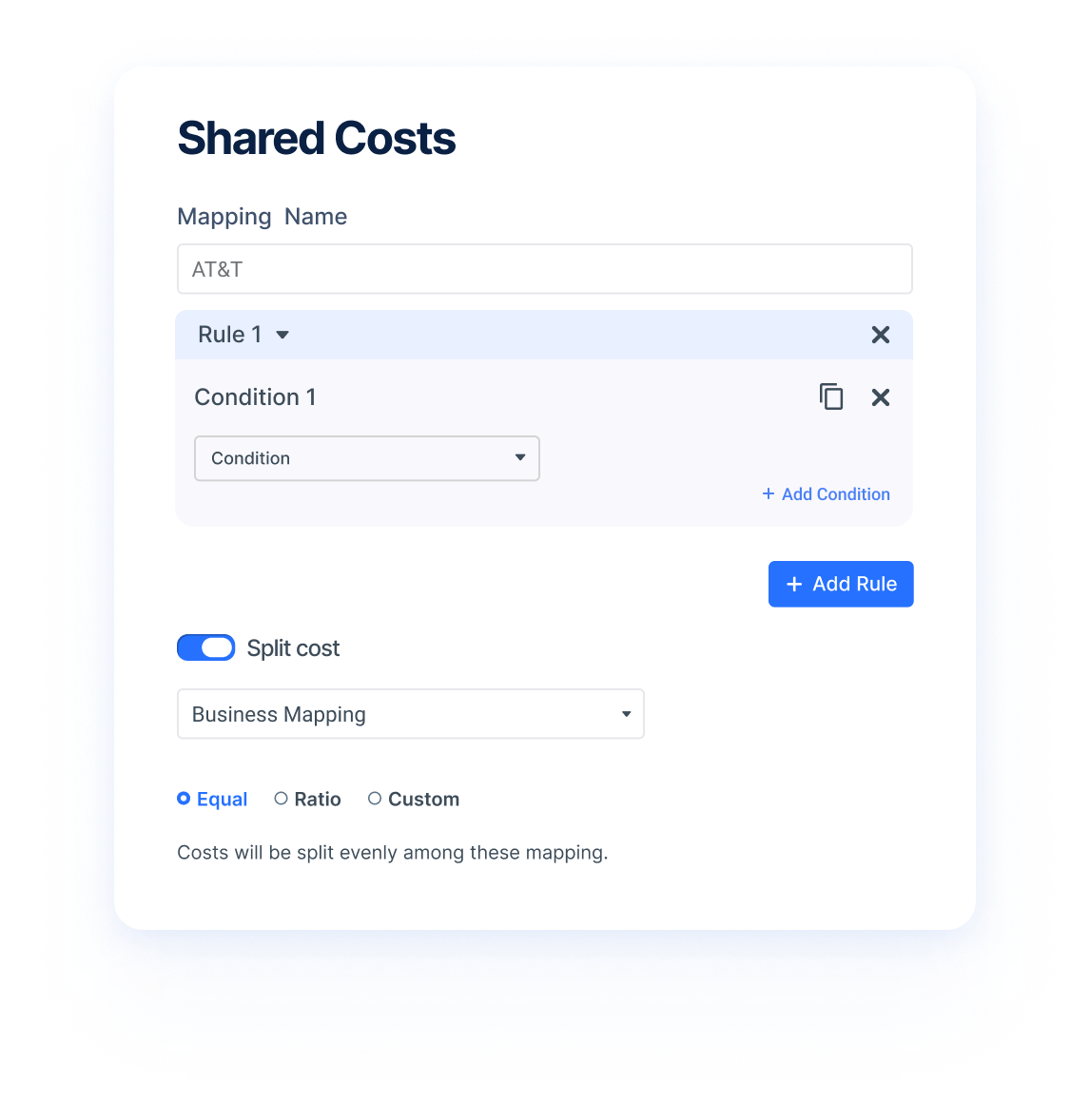Cloud adoption has been on an upward trajectory for over a decade with no signs of slowing down. As widescale migration becomes the norm, organizations are realizing cloud financial management — also referred to as FinOps — is critical to creating long term value in the cloud.
Building a culture of financial discipline requires visibility and a strategy for measuring success along the way. Several important KPIs should be measured to understand the effectiveness of your FinOps efforts, including unit metrics.
Unit metrics allows businesses to measure the effectiveness of cloud cost management efforts and to plan and predict budgets by making delivery teams financially accountable to business drivers.
By using unit economics, FinOps teams can correlate cloud spending growth to overall business growth, surfacing problems when cloud spending grows too quickly.
Unit economics explained
A business model’s unit economics describes its revenues and costs in relation to one unit — such as a customer served or unit sold. To understand costs, you must first identify the resources required per customer.
A resource is any cloud service that has a direct or shared cost associated with it. If you have dozens of customers on shared resources like databases, storage, and microservices, you would need to model the resources into smaller pieces and understand the time (CPU) and/or memory a specific customer is consuming.
Measuring unit costs
According to the FinOps Community of Practitioners:
- At the Crawl maturity level, FinOps practices measure cloud spend for a particular application against total revenue (e.g., cloud spend as a percentage of revenue).
- The Walk maturity level requires tying outputs to a unit of activity (e.g., API call cost).
- The Run maturity level requires measuring how much it costs to do a revenue-generating activity (e.g., cost of a transaction or customer).
Unit costs are not a priority for most organizations since they are difficult to understand and measure. According to the State of FinOps 2022 report, only one in four organizations use unit costs, even though organizations operating at the Run maturity level report using them to effectively execute decisions, promote FinOps culture, and drive their FinOps success.
Unit costs will never be completely accurate. The cost of these services can, however, be estimated intelligently using several methods of varying accuracy.
Unit economics with Anodot
Anodot’s business monitoring platform analyzes metrics and identifies anomalies. Therefore, metrics are our main KPI and unit of measure. The simplest way for us to measure the costs of our customers is to count the total metrics for all of our customers, then divide the cost of all of our cloud costs and divide it by the total unit metrics.

With Anodot’s Business Mapping feature, you can accurately map multi cloud and Kubernetes spending data, assign shared costs equitably, and report cloud spend to drive FinOps collaboration for your organization.
Mappings are built from one or more rules that allocate spend to a business dimension using sophisticated and nested evaluation criteria. With each additional mapping, the remaining pool of cloud costs is further divided without overlap.

Anodot helps you understand your cloud unit economics by aligning your cloud costs to key business dimensions. Allowing you to track and report on unit costs and get a clear picture of how your infrastructure and economies are changing.
Start Reducing Cloud Costs Today
Connect with one of our cloud cost management specialists to learn how Anodot can help your organization control costs, optimize resources and reduce cloud waste.





